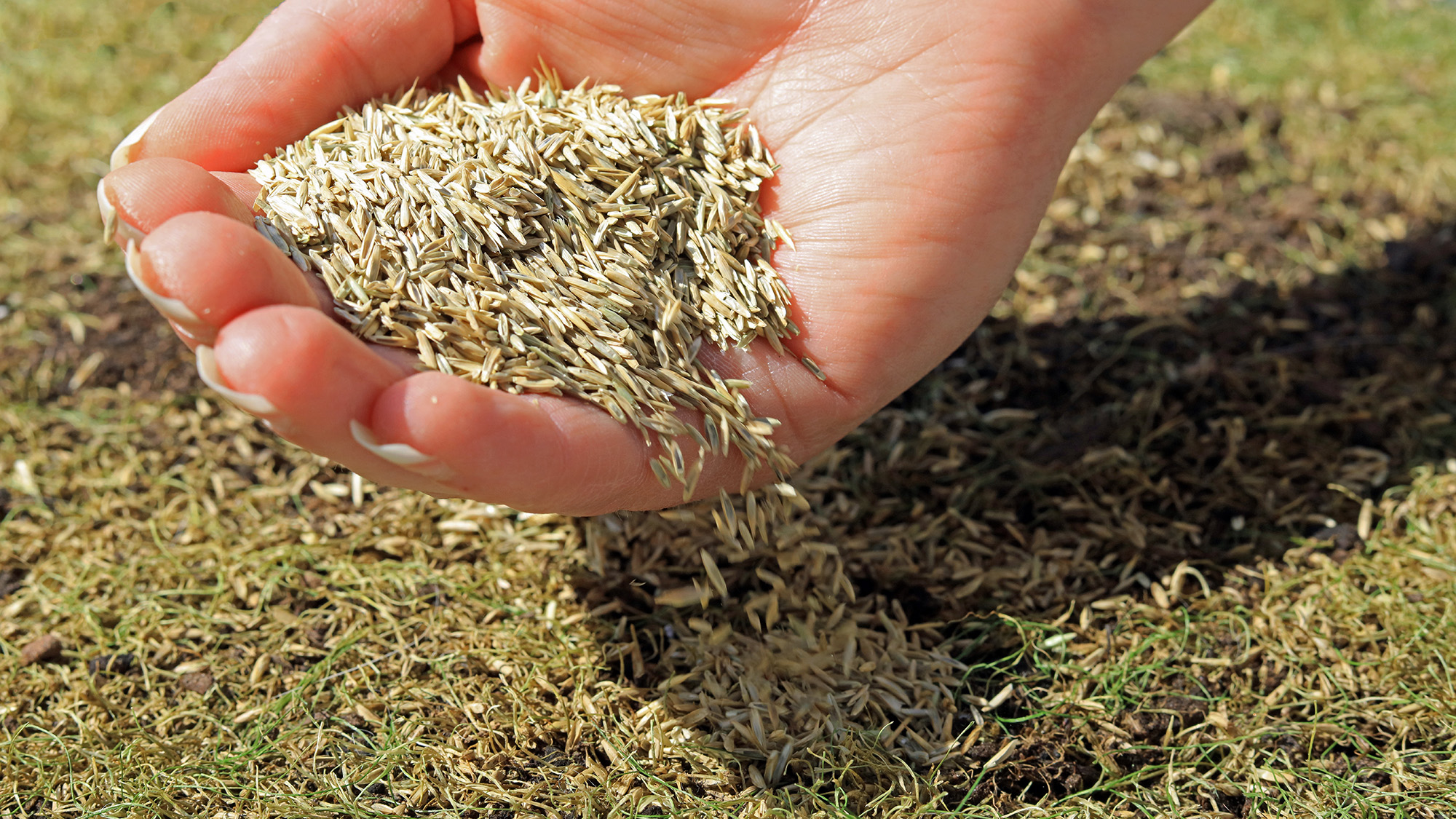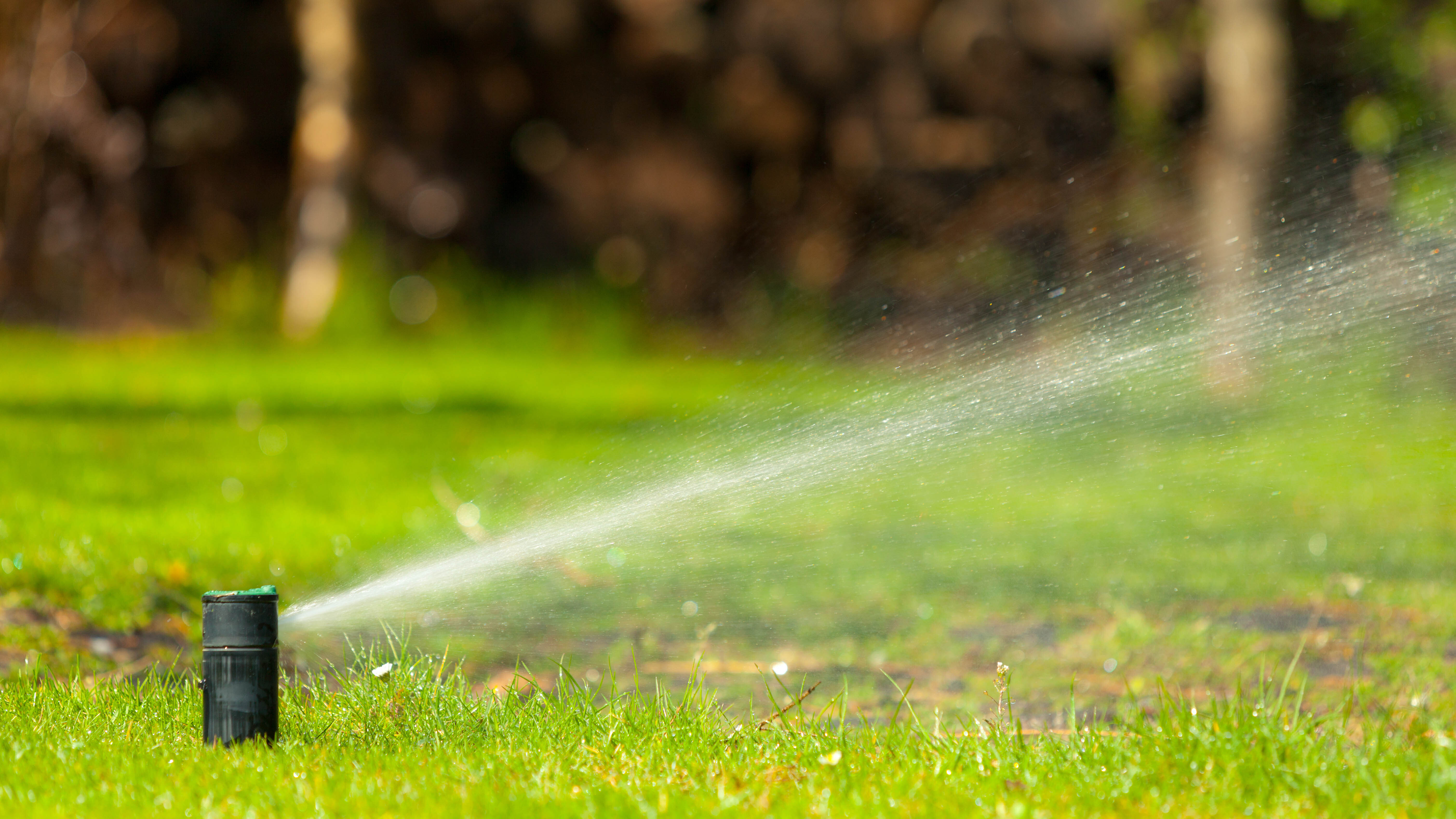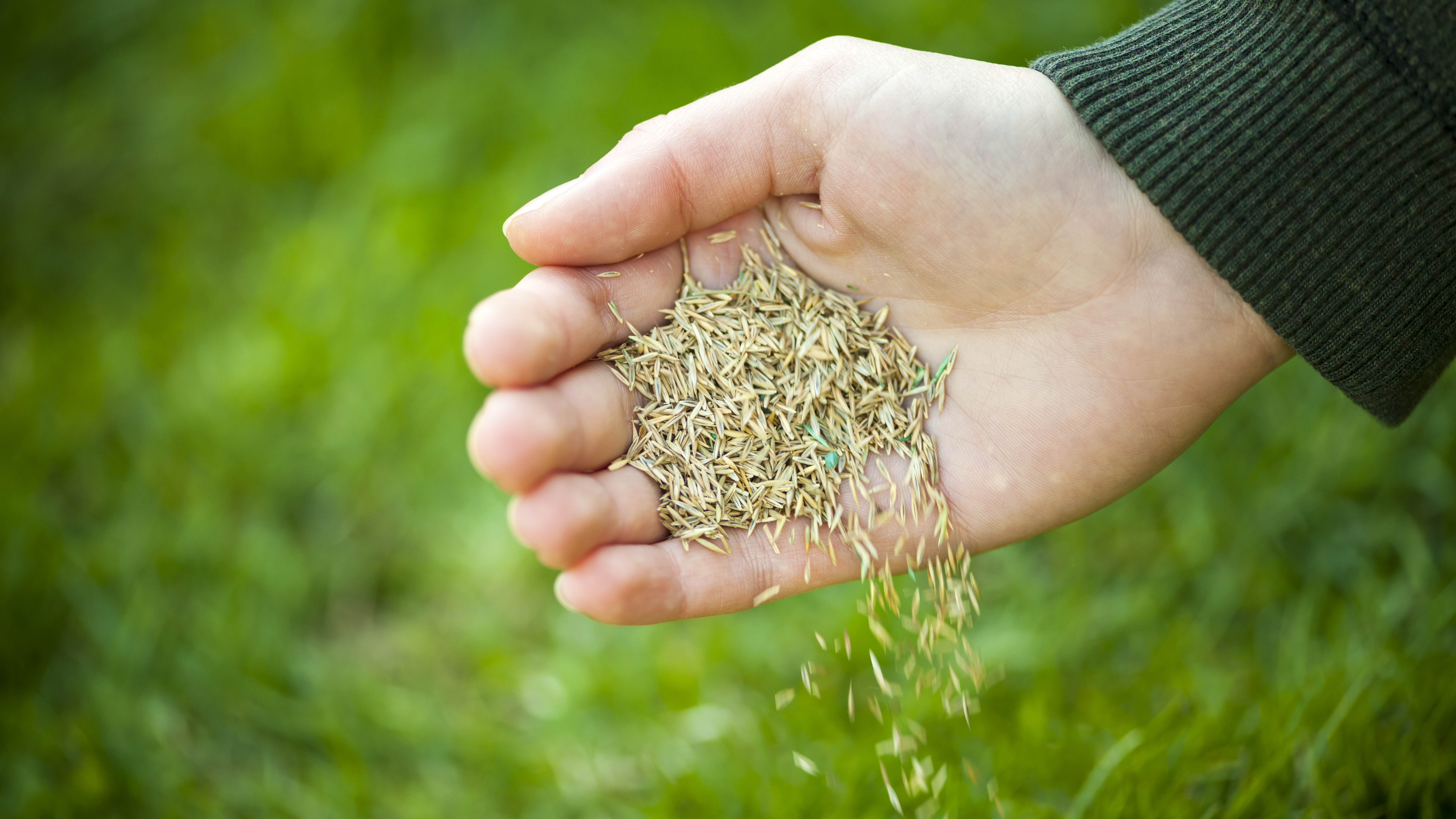In the summer, you should have time to relax, sit down and enjoy all the hard work you have done on a healthy lawn in spring. Although it still requires mowing, weeding and watering (because the gardener’s work is never done), it may not be as perfect as you want it to be.
Despite giving your lawn love and following all the basic tips and tips for getting a perfect lawn, it still requires some care and attention, especially if you spend more time walking on the lawn or the kids playing outside.
And, since there is no fun to banish everyone from stepping onto the lawn, it may start to look dappled.
So, you might be wondering if you can also plant grass seeds in June? Despite growing grass at the end of the year in June, I asked a question with lawn experts to get their advice.
Can you still plant grass seeds in June?

Whether your lawn looks mottled outside of more uses in the summer or wish to plant new patches after a garden redesign, the good news is that you can still plant grass seeds in June.
However, there is a catch. You have to be more careful about the seeds you sow and take into account climate conditions.
“Growing grass seeds in the UK heat wave in June is like sunbathing – you need to feel smart about it,” said Harry Lloyd, a hippo gardening expert and marketing director.
Lloyd added: “If you can’t avoid growing grass in June, perennial ryegrass is a good choice because it handles the heat well. While other types of grass may give up, I’ve seen this type of seed survive tough conditions.”
Saltuck Doganci, founder of Brick My Walls, agrees, “By June in the Northern half of the US, the ground has already warmed past the comfort zone of cool-season mixtures, so I’d only overseed thin patches with quick-sprouting annual rye. It germinates in five days, throws a green haze that shades the soil, then acts as a living mulch until I reseed permanently in early fall.”
But, if you live in the southern part of the United States, how is that different? “In the southern states, June is actually the prime time for warm season grasses. Bermuda Ras and Zoysia are eager for 80°F soil, which is exactly what early summer offers,” Doganci said.
How to make the most of sowing lawn seeds in mid-June

If you face the challenge of lawn seeds in June, no matter which area you live in, you need to be handled with caution. “Think about the seeding in June is more like raising seedlings in a greenhouse,” Doganci said.
He recommends watering the newly sown areas shallowly every day, and then lightly start fertilizer after the leaves reach the height of the top of the shoe.
Water the newly sown areas every day and then perform light starter fertilizer after the leaves reach the top height.
Just like Doganci, lawn care firm Scotts recommends consistent watering, noting: “Once grass seeds are planted, the top of the soil is always moist, but not moist for the first two to three weeks.”
Daily water is a must, but additional moisture may be required if the weather is particularly dry. Once sprouting, keep the first two inches of soil moist, but allow it to dry slightly between watering. This allows the grassroots to grow deeper, Scotts said.
Once the seedlings continue to grow, water them every two to three days, but if the soil is dry, water them more frequently.
Then, when your lawn is ready to be trimmed, you can reduce the watering once or twice a week. At this stage, Doganci advises: “Keep the lawnmower blade razor so that the tender crowns don’t get torn on their first hairstyle.”
When is the ideal time to plant grass seeds?

The best time to plant grass seeds depends on where you are and whether you live in the north or south.
Best time to plant grass in the north
If you live in the north, you need to plant cool grass varieties, Scotts notes. These include Kentucky bluegrass, perennial ryelas (as mentioned above) or loose snacks.
The best planting time is in spring or fall, with air temperatures ranging from 50°F to 80°F and soil temperatures ranging from 50°F to 65°F. There should be a lot of rain, too.
Cool grass does not tolerate heat well and will hibernate when the temperature exceeds 65°F, so it is worth remembering if you plan to plant cool grass in June.
The best time to plant grass in the south
If you live in the south, that’s a little different because you’ll be growing warm grasses that can withstand heat, as they originally came from the tropical areas. Here, Scotts suggests that Centipedegrass, Zoysiagrass, Bahiagrass or Bermudagrass are good choices.
Unlike cool grasses, they can grow even when the temperature is between 70°F and 90°F and are happy to sprout in warm soils between 65°F and 70°F.
